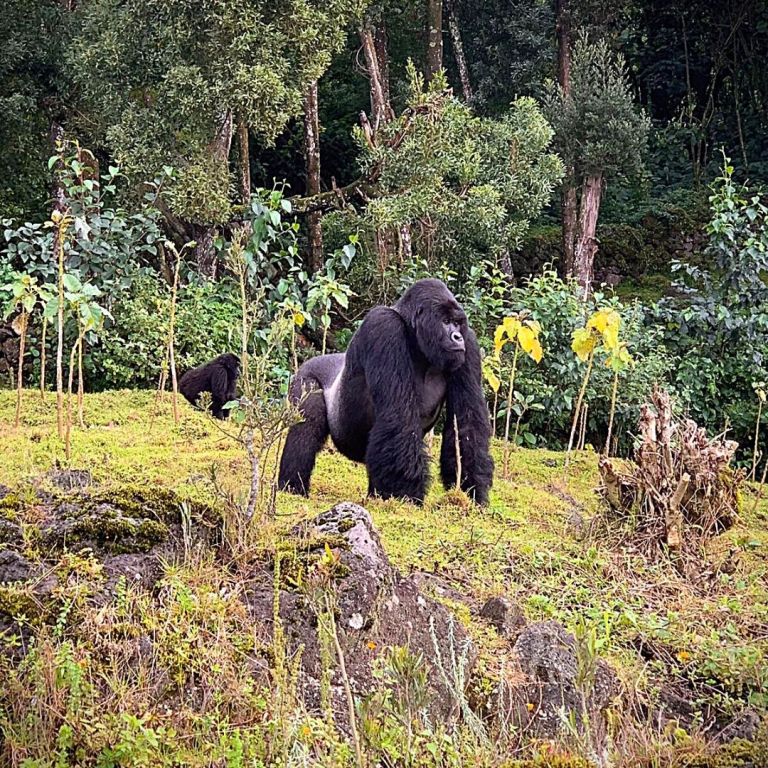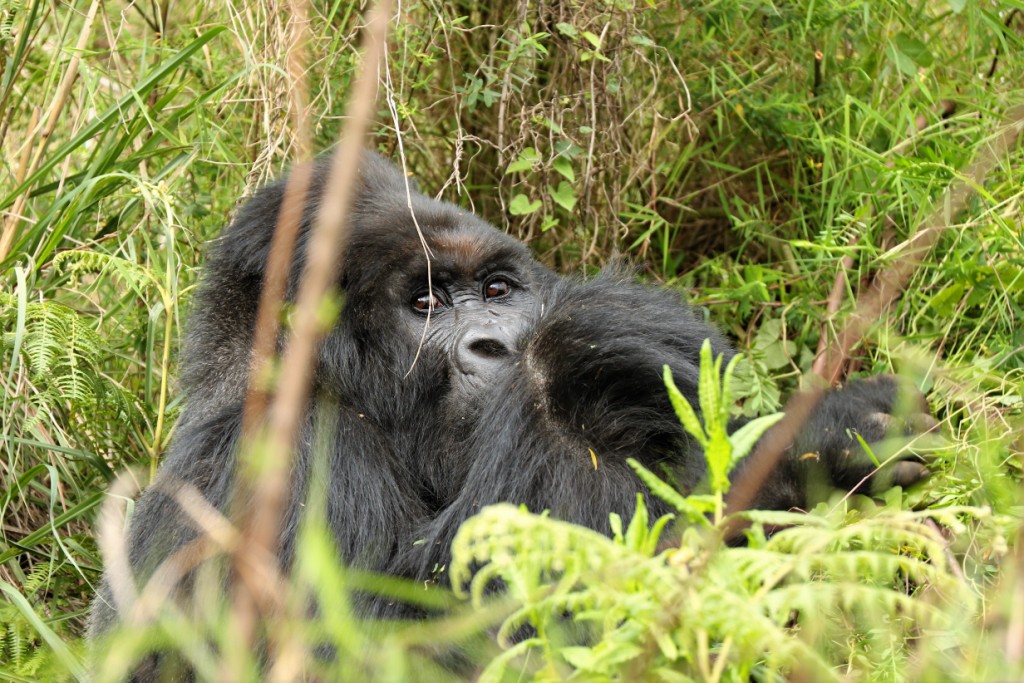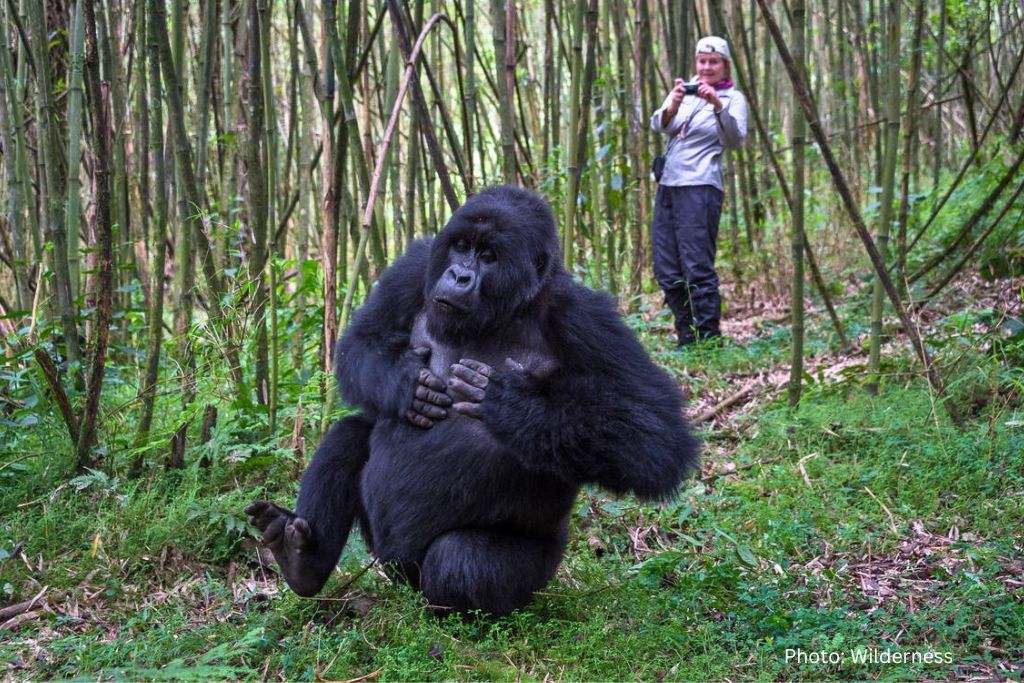
Mountain Gorilla Social Behavior
Understanding Mountain Gorilla Social behavior is one of the most exciting experiences that trackers must be prepared to go through during the trek. Mountain gorillas are scientifically known as Gorilla beringei beringei, one of the two subspecies of the eastern gorilla. They are a few unique and massive creatures on earth with 98 percent of their DNA the same to that of humans. They are listed on the IUCN Red list as the most endangered species as they are at risk of getting extinct in the wild. Currently, these creatures remain not more than 1046 on earth and a section of them exist in the lust rainforest of Bwindi National Park and the other in the Virunga Mountain ranges-Virunga National Park in the eastern Democratic Republic of Congo (DRC), Volcanoes National Park in northwestern Rwanda and Mgahinga National Park in southwestern Uganda. The other subspecies of gorillas include the cross river gorillas (thrive in Nigeria and Cameroon), eastern lowland gorillas (in eastern DR Congo) and western lowland gorillas (mostly spotted in zoos). Book Now
Lifestyle of gorillas
Mountain gorillas live in families ranging from 6-35 members. Each gorilla group is led by a mature male (silverback) gorilla and comprises many females, infants, black back gorillas, and juveniles. Silverback gorilla weighs about 120 kilograms and is responsible for protecting other members from intruders. Females have a gestation period of about 8 months and a newly born baby gorilla can weigh about 1-2 kgs. After about 40 weeks, a baby gorilla can start walking, and at 3 years, they slowly become independent. At 6 years, a baby gorilla is 1.2 meters tall and can weigh about 70 kilograms. Females can take 4 years to give birth to another baby gorilla and they give birth to 3 to 6 babies in their lifespan. Males become mature at 10 years and can father about 10 to 20 offspring within 50 years.
The daily life of mountain gorillas
Mountain gorillas start their day early at 6:00 am and begin to look for what to eat. 30 percent of their time is spent gathering food and traveling while 40 percent is spent resting (they rest in the afternoon) and build new nests to retire for the night in the evening. These great apes depend on vegetation mainly on stems, leaves, shoots, and at times insects. An adult mountain gorilla can feed up to 60 pounds of vegetation each day. Visit Rwanda and track the special primates to understand the mountain gorilla social behavior.
Treat your safari taste buds to this incredible destination, explore more and visit other places in Rwanda. Each day on an expedition, you’ll choose from exclusive and exhilarating activities, from amazing Chimpanzee trek in Nyungwe Forests to safari game drives in Akagera to witness the Big Five mammals or choose to kayak on Lake Kivu.



